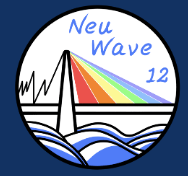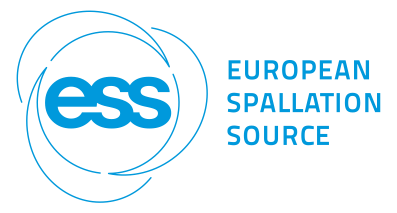Speaker
Description
We present novel advances in the implementation of Neutron Resonance Transmission Imaging (NRTI), a non-destructive 2D elemental analysis technique, performed at the Italian Neutron Experimental Station (INES) beamline operating at the ISIS neutron and muon source, UK.
Neutron spallation sources have high epithermal neutron fluxes, which is a profitable energy range for elemental and isotopic material characterisation thanks to the presence of intense res-onance structures in the neutron-induced reaction cross-sections. The NRTI technique is based on the absorption in the sample of incident epithermal neutrons whose energy correspond to the one of absorption resonances, resulting in a transmitted neutron beam containing dips univocal-ly related to the elemental composition. With a position sensitive neutron detector, it is there-fore possible to obtain 2D radiographies of the object sample, and potentially 3D chemical to-mography. However, in contrast with standard neutron radiography, through NRTI it is possible to obtain the distribution of elements and isotopes by selecting a resonance of interest, enhanc-ing the contrast between elements with similar neutron attenuation coefficients. This striking features of NRTI make it suitable for the characterization of inhomogeneous sam-ples, in particular but not limited to Cultural Heritage studies [1,2]. Potential applications of NRTI will be presented and development towards making the technique quantitative.
References
[1] A. Fedrigo et al., J. Anal. At. Spectrom. 34, 2019, 2420-2427.
[2] G. Marcucci et al, “Mapping the elemental distribution in archaeological findings through advanced Neutron Resonance Transmission Imaging”, accepted for publication in Eur. Phys. J. Plus, 2024.
| Abstract Topic | Development of experimental techniques and new principles |
|---|

